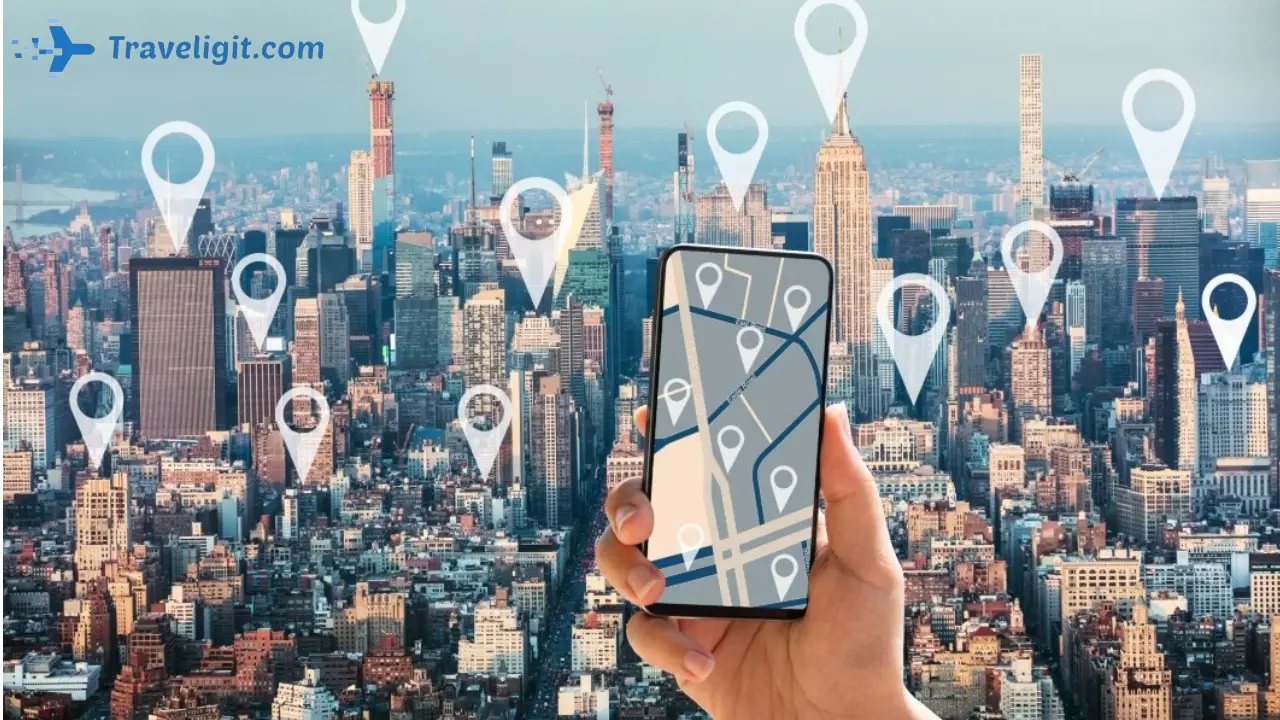WHERE THE IMPORTANT TOURISM DATA COMES FROM?

WHERE THE IMPORTANT TOURISM DATA COME FROM?
To value innovation and leverage data, the achievements and progress of companies or startups are regularly discussed. Big data is a major challenge in building innovative, cost-effective and incredibly useful solutions. The concept of tourism statistics is not a recent one, but its interest is intensifying in view of the huge increase in the volume generated and the acceleration of the technologies that can exploit them. Data is becoming big data and big data is becoming a complex digital composite that is turning into a source of value.WHERE THE IMPORTANT TOURISM DATA COME FROM?
Three Types Of Tourism Data (IMPORTANT TOURISM DATA)
The main challenge facing big data is to make sense of this mixture of raw data. Therefore, it is less a question of acquiring large amounts of data than understanding its interest and relevance to stakeholders. In tourism, academic researchers distinguish three types of big data that are potential sources of innovation: 1- data from user content, 2- data from technological devices and 3- transactional data.
User Generated Content (UGC) (IMPORTANT TOURISM DATA)
These are data generated by users to share their tourism experiences. This includes online reviews, blogs, travel stories, tweets and photos. Widely used by start-ups, their analysis brings a qualitative dimension to tourism behavior that has so far only been identified through tedious and expensive surveys with significant methodological or emotional biases. are
Online reviews measure travelers’ satisfaction with tourism products. Blog statistics and travel stories can determine the best travel duration depending on the tourist routes and destination. Images can be used to track visitor activity and points of interest by examining relevant metadata.
Equipment Data
Every interaction with electronic devices records data. Thus, all data recorded by devices such as smartphones or external devices (GPS, roaming, Wi-Fi, Bluetooth, etc.) are likely to provide information about the tourist experience.
GPS data reconstructs the movement of tourists in the park to identify the routes taken and question the proposed tourist route. Mobile data represents the season and origin of tourists in a region. Weather data allows analysis of the relationship between the number of nights and snow depth at ski resorts to ensure sustainable destination management.
Transaction data

Online transactions represent all data recorded through online searches, online bookings or credit card and other payment methods. This data is meant to be highly accurate information for predictive analysis or knowledge about visitor behavior.
In terms of search engine marketing, web data can predict tourist arrivals in cities, for example, to prevent the effects of overtourism. Other transactions may show hoteliers’ performance in energy management through water or electricity consumption data.
Big data allows many possibilities, especially through the research and analysis of new phenomena. This innovation could have a significant impact on tourism, even if the figures are not yet compiled. Data can lead to many concrete solutions and sometimes significant savings, but it is sometimes still largely imagined.




